In the world of gardening, understanding the intricate relationship between plants and soil is crucial for successful cultivation. Among the fundamental aspects lies the significance of the rootzone—a vital zone where a plant’s roots interact with the surrounding soil. This article aims to shed light on what exactly it is and why it plays a pivotal role in gardening and horticulture.
Understanding the Rootzone
The rootzone refers to the area surrounding a plant’s roots, typically extending a few inches from the base of the plant. It encompasses the soil and all the essential components that directly affect the growth and development of plant roots. Its quality and composition have a profound impact on a plant’s overall health and productivity.
The Importance of a Healthy Rootzone:
A healthy rootzone is essential for various reasons:
- Nutrient Absorption: The rootzone acts as the primary medium through which plants extract essential nutrients from the soil. It provides the necessary elements for growth, including water, oxygen, and various minerals. An effective rootzone enables efficient nutrient uptake, promoting robust plant development.
- Water Retention and Drainage: The rootzone plays a critical role in regulating water availability. It acts as a reservoir, holding water for plants’ consumption and preventing excessive drainage. If adequately drained it prevents waterlogging, reducing the risk of root rot and other water-related diseases.
- Structural Support: A well-developed rootzone establishes a strong foundation for plants, providing structural support and stability. It anchors plants firmly into the ground, allowing them to withstand external forces like wind and gravity.
- Microbial Activity: The rootzone is home to countless beneficial micro-organisms, including bacteria, fungi, and nematodes. These micro-organisms contribute to nutrient cycling, root health, and disease suppression. They form symbiotic relationships with plant roots, facilitating the absorption of nutrients and enhancing plant defence mechanisms.
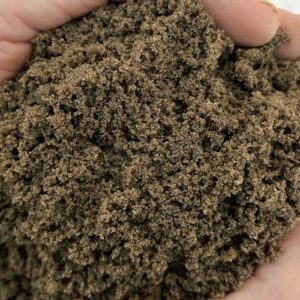 |
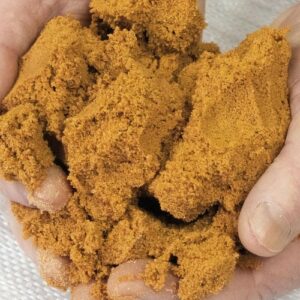 |
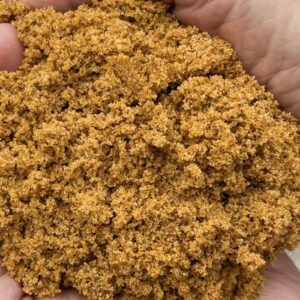 |
 |
 |
 |
If you want the best rootzone, try..
- Soil Testing: Conduct regular soil tests to assess nutrient levels, pH, and the levels of organic matter. This information helps determine the specific needs of the rootzone, allowing for targeted changes.
- Organic Matter Addition: Incorporate organic matter, like compost or well-rotted manure, into the rootzone. Organic matter improves soil structure, water-holding capacity, and nutrient availability, creating a fertile environment for plant roots.
- Mulching: Apply organic mulch to the surface. Mulching conserves moisture, regulates soil temperature, suppresses weeds, and improves overall soil health.
- Avoid Compaction: Minimise foot traffic and heavy machinery to prevent soil compaction, which can impede root growth and reduce oxygen availability.
In gardening, the rootzone’s significance cannot be overstated. By understanding its role and implementing appropriate practices, gardeners can create the optimal environment for plant roots, leading to healthier, more productive plants. Nurturing the rootzone ultimately sets the stage for a flourishing garden and bountiful harvests.
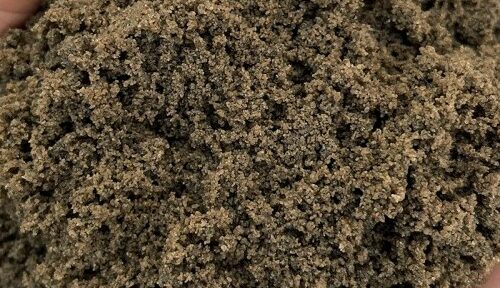
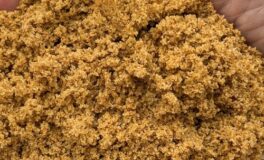 Rootzone, Subsoil, and Washed Sand
Rootzone, Subsoil, and Washed Sand 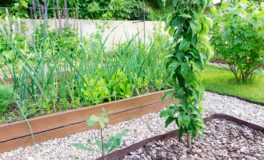 Topsoil for raised beds
Topsoil for raised beds 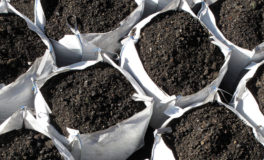 Guide to soil for landscaping
Guide to soil for landscaping 

